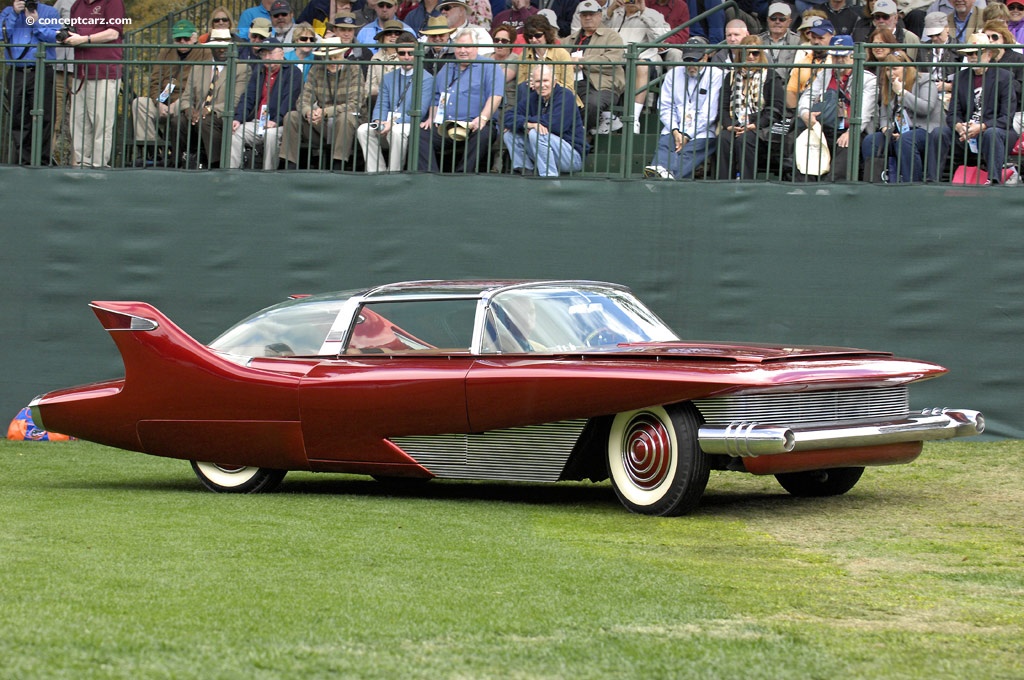1960 Di Dia 150 Navigation
- 1960 Di Dia 150 Menu
- Article
- Image gallery
- Specifications
1960 Di Dia 150 Vehicle Profiles
Recent Vehicle Additions
Performance and Specification Comparison
Related Automotive News

American Dream Cars Of The 1960S Take To The Fairway
The Reactor will appear along with nine other one-off creations at the Pebble Beach Concours dElegance this August
PEBBLE BEACH, Calif. (June 29, 2017) —Stargazers with dreams too big for a small town often pack their bags and head for...

POW! BAM! ZOOM! The Original 1966 TV Batmobile To Cross Auction Block At Barrett-Jackson Scottsdale
Holy Grail of TV Star Cars to be Sold for First Time January 19, 2013
Barrett-Jackson, the Worlds Greatest Collector Car Auctions™, announced today that it will offer one of the most recognized and popular pieces of entertainment history worldwide,...

1963 Corvette Pilot Car to Cross the Block at Vicari December New Orleans Auction
The Vicari Auction Company announces its 3rd annual New Orleans Classic Auto Festival Dec. 1, 2012, at the famous Mardi Gras World in New Orleans, La.
More than 200 classic and muscle cars will cross the block, led by a rare 1963 Chevrolet...

Inaugural Concours d'Elegance of Texas deemed a massive success
Houston, Texas. May 15, 2012. Last weekend, the award winning La Torretta Lake Resort %26 Spa in Montgomery played host to the biggest and most prestigious classic car weekend in Texas, welcoming thousands of visitors through its gates for the inaugural...

Allard Automobiles Featured at 2012 Glenmoor Gathering
Allard automobiles will be one of the featured marques at the 2012 Glenmoor Gathering. More than 20 Allard automobiles are expected to be on display during the Glenmoor Gathering weekend. Allards featured lightweight bodies built in England but were...

Legendary Tucker Automobiles on Display at 2012 Glenmoor Gathering
Several 1948 Tucker Automobiles will be part of the show field at the 2012 Glenmoor Gathering, including an unrestored Tucker from the Gilmore Car Museum Collection (above). A total of 51 cars were built before production stopped and most of them survive...

























